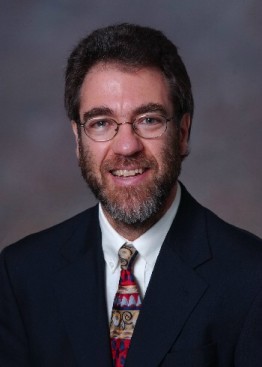The Role of Massive Open Online Courses
William Hersh, MD
Professor and Chair, OHSU
Blog: Informatics Professor
The notion of disruptive innovation was popularized by Clayton Christensen [1, 2], and is described as change, usually technological, that causes upheaval of an entire industry sector. We have seen plenty of disruptive innovations in the modern digital era, as the marketplace for products such as books, newspapers, photography, banking, and travel has undergone profound change. Who takes pictures using film or regularly walks into a bank anymore? Who does not spend at least part of their reading time doing so on electronic devices, increasingly those held in the hand, such as smartphones or tablets?
There is a certain irony for those of us who work in academic biomedical and health informatics. On the one hand, we are immersed in the technologies that have caused so much disruptive innovation, i.e., computers, the Internet, and the World Wide Web. On the other hand, those of us in academic informatics apply our work at the intersection of two fields that may be the lone remaining holdouts for disruptive innovation, namely healthcare and education.
We can debate in another post whether disruptive innovation will ever come to healthcare. There are some signs, but I am not holding my breath. Recent developments in higher education, however, potentially portend profound change coming. Being in higher education for a livelihood, I naturally have great interest in the consequences of disruptive innovation within it.
This potential disruptive innovation in higher education comes in the form of what some call massive open online courses (MOOCs). This area has received a great deal of attention lately with the foray of some of the leading US universities into this area, namely Stanford, Harvard, and Massachusetts Institute of Technology (MIT). It has garnered attention in the popular media [3-6].

